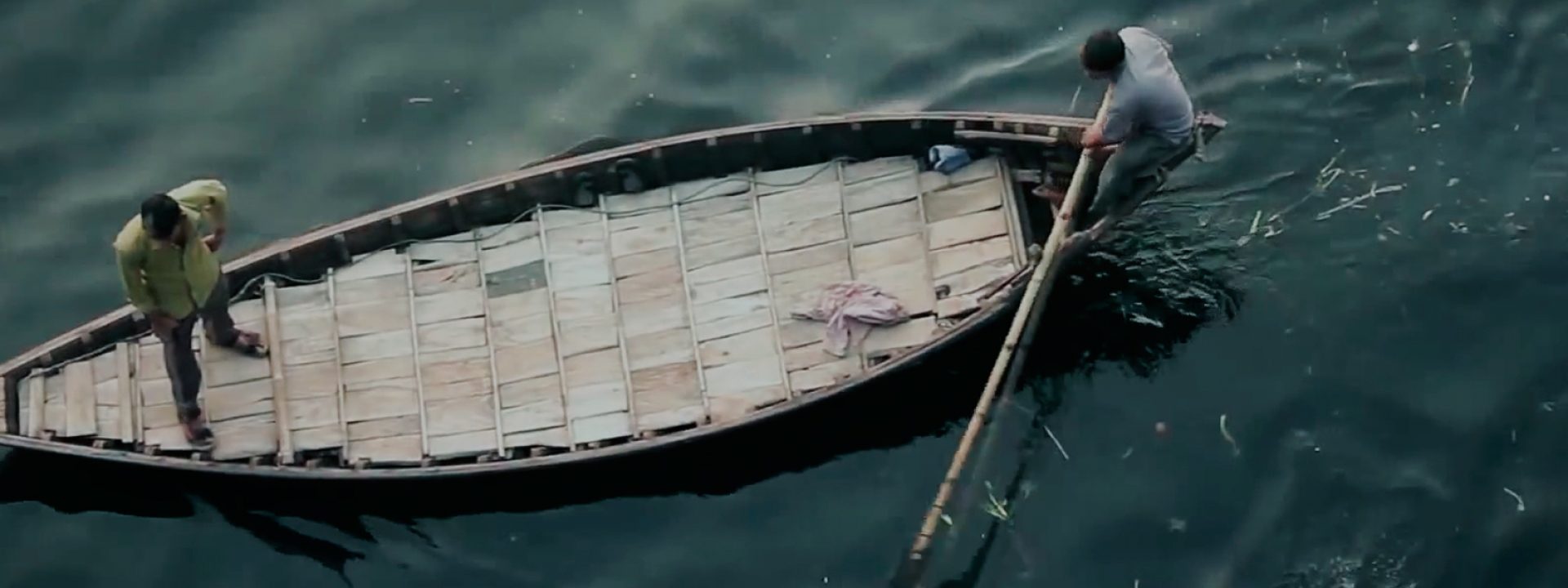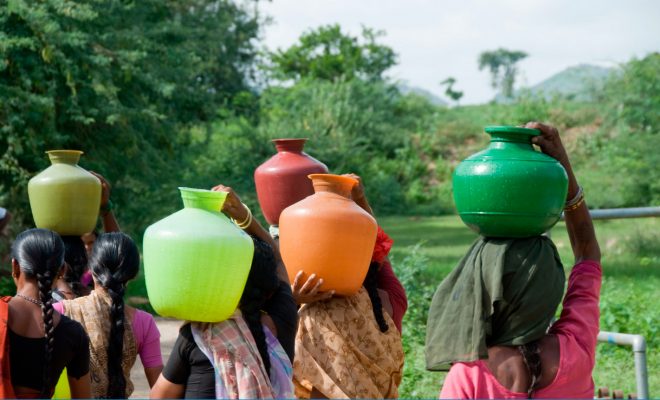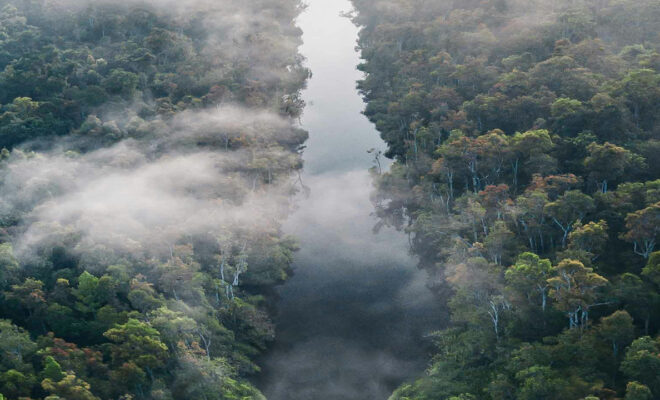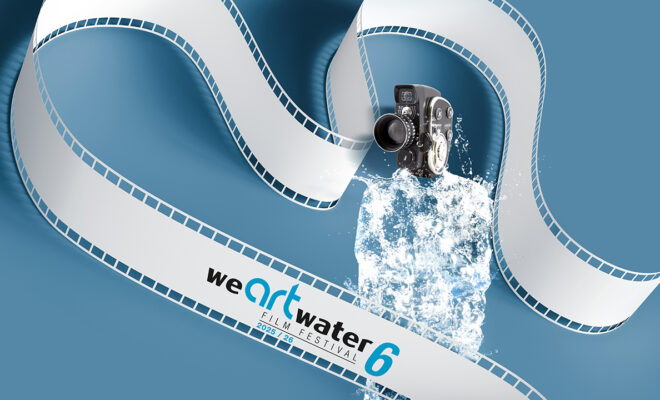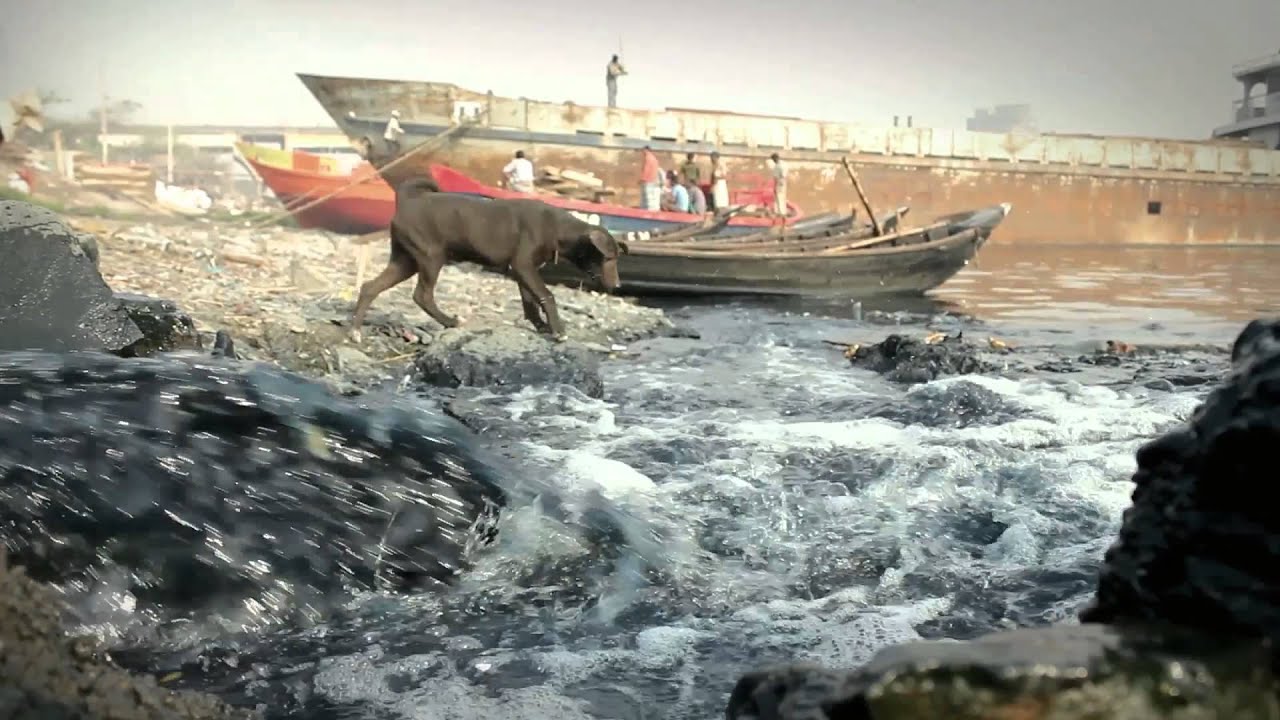
Deadline
Raihan Ahmmed (Bangladesh)
Micro-documentary
http://filmfestival.wearewater.org/deadline_307264
Finalist video in the micro-documentary category of the 2013/2014 edition of the We Art Water Film Festival. The winner in this category was Saneamiento – Sanitation
“In the past we were able to fish in its waters, we could swim and play. The water was drinkable. Now everything has changed: I cannot swim in the river nor can I eat from it. The water is ruined. Fish have just left”. When water degrades, so does life.
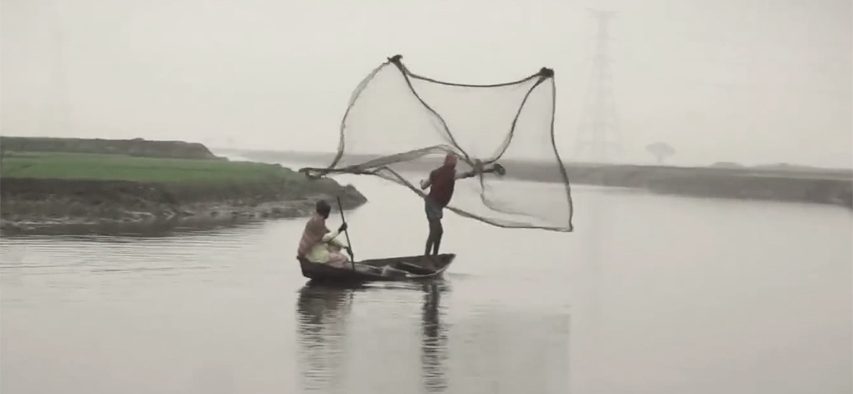
Dhaka has grown along the north bank of the Buriganga River for the past 400 years, and in the three last decades the waste generated by the city has turned it into one of the most polluted and unhealthy rivers in the world. Four million people, out of the 30 million living in the metropolitan area of the capital of Bangladesh, directly depend on the waters of the Buriganga River and hundreds of families live in boats moored to its shores.
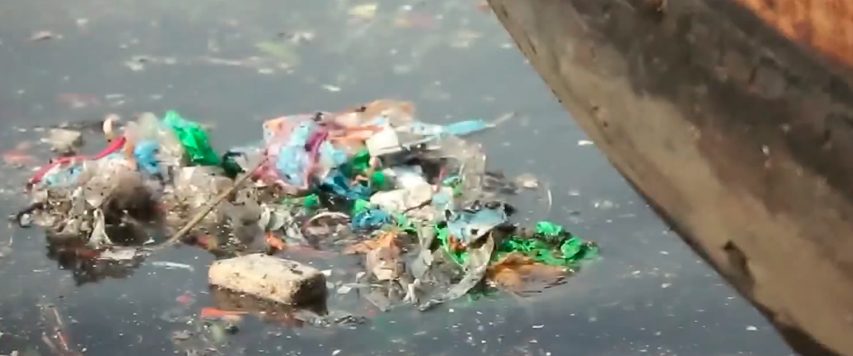
According to the World Health Organization (WHO), the Buriganga is one of the most polluted rivers in the world. This is caused by the over 60,000 cubic metres of toxic waste dumped by the city into its waters every day. The main sources of pollution have been the leather tanning industry, located in the Hazaribagh neighbourhood and the discharge of wastewater by the population that lacks adequate sanitation services. This population living in extreme poverty annually increases by 400,000 people due to the rural exodus experienced by the country, worsening the problem in a city that is already menaced by the rise of the sea level due to climate change.
The waste water of the tanneries contains sulphuric acid, lead and chlorine, pollutants that seriously affect the over 10,000 workers in this sector, many of them women and children, a sector that has been one of the most prosperous ones in the city. The government has taken actions and the deadline established by the Supreme Court of Bangladesh for the 154 tanneries to change their location and take measures to stop pollution ends in April.
The inhabitants of the shores of the Buriganga look at this measure with great hope; especially those who see their children fall sick with diarrhoea or skin diseases. However, for those who knew the river long ago, and now see it dying and menacing, hope is still far away: “It won’t be the same again. What leaves never comes back…There is no other way than to sell our land. We sometimes think of the river we used to have. Right now, where is our river?”
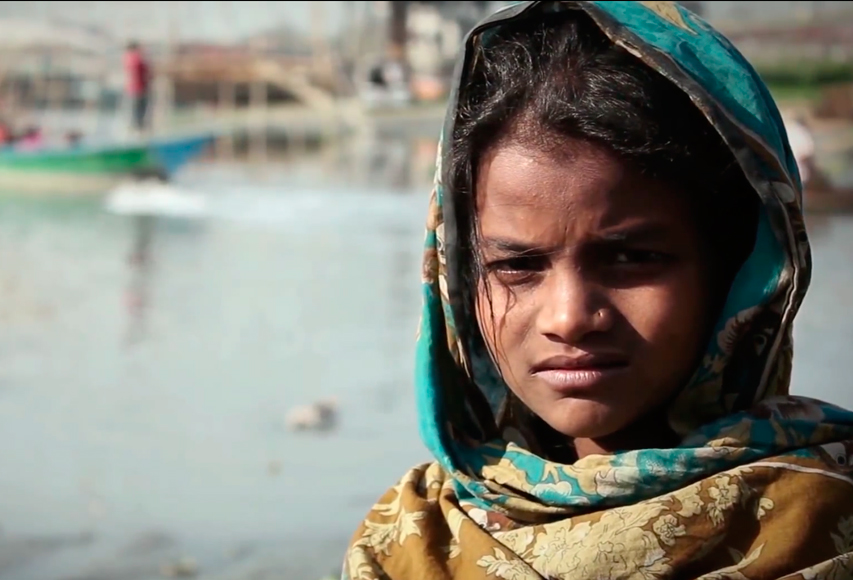
The Buriganga River needs to be reborn. It will be a victory for the people of Bangladesh and an example for the rest of the planet.


